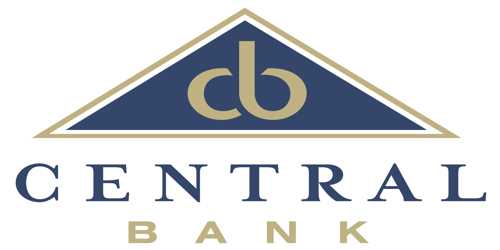Limitations of Credit Control in Central Bank
The Central bank is the main government-controlled bank in a country, which controls the financial affairs of the country by fixing main interest rates, issuing currency, supervising the commercial banks, and controlling the foreign exchange rate. The central bank uses different tools to achieve the objective of controlling the availability of credit in the economy. And credit control is a strategy employed by manufacturers and retailers to promote good credit among the creditworthy and deny it to delinquent borrowers. There are several quantitative tools through which the central bank monitors the liquidity of commercial banks and money supply. These tools help the central bank to keep the economy consistent.
Bank Rate: It is the interest rate at which the central bank lends loan to the commercial banks or it can also be defined as the rate at which the central bank discounts the bills of commercial banks.
Limitations:
- All the commercial bank does not cooperate with the rules and regulations of the central bank.
- For bank rate bill market is an important component, which is not well organized in developing countries.
Reserve Ratio: According to rules set by the central bank every commercial bank has to keep a specific percentage of their deposits in the central bank as reserves. The central bank regulates the liquidity of commercial banks by changing the reserve ratio.
Limitations:
- Financial institutions such as house building societies and insurance companies provide credit to the public even when the central bank decreases the liquidity of commercial banks.
- Foreign banks extend loans when domestic banks decrease lending loans.
Open Market Operations: It is one of the strategies opted by the central bank for controlling credit. The central banks hold certain kinds of financial instruments like bonds and securities.
Limitations:
- Open market operations are less effective in developing countries because they have unorganized and limited stock markets and capital markets.
- When commercial banks have sufficient liquidity they become less dependent on the central banks for loans.
Sometimes central bank fails to control the flow of credit at an optimum level. Those reasons are described below;
- To be successful in the credit-control program, full control over the money market is essential. But sometimes it is not possible.
- The minimum legal reserve ratio of cash to deposits fixed by the central bank is an important factor that determines the power of banks creates credit.
- There are different terms of the loan period credit control method that can only affect a short-term loan.
- The unorganized money market is not suitable for the use of the credit-control method.
- There is not much co-operation between commercial banks with the central bank.
- An unstable economy is not suitable to use the credit-control method.
- If steps for credit control arc not taken at the primary level, it will not be effective later.
- If the lengthy plan is taken for credit control it will not work as satisfactorily.
- The total amount of cash, available to the banking system limits the volume of credit that can be created.
For the above-mentioned reasons, the central bank cannot be successful in credit control. Those limitations should be overcome soon.














